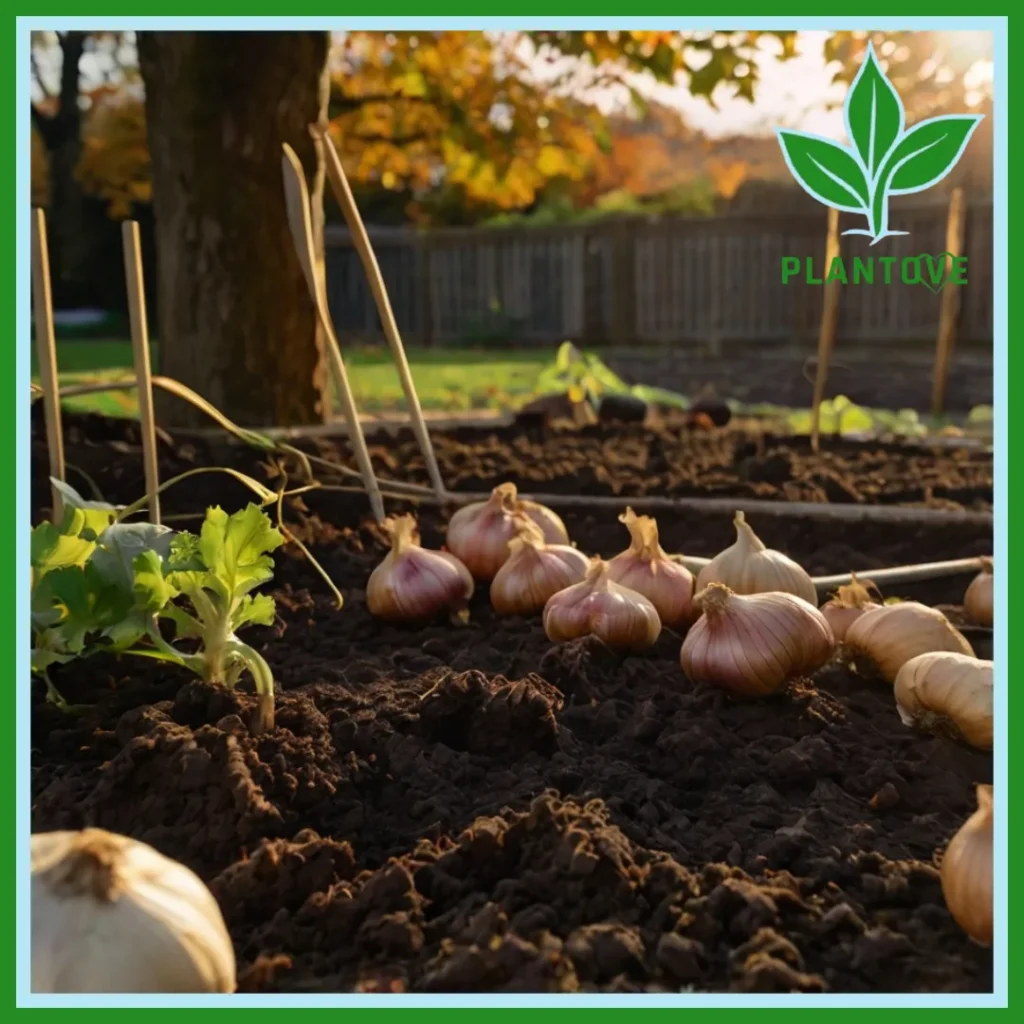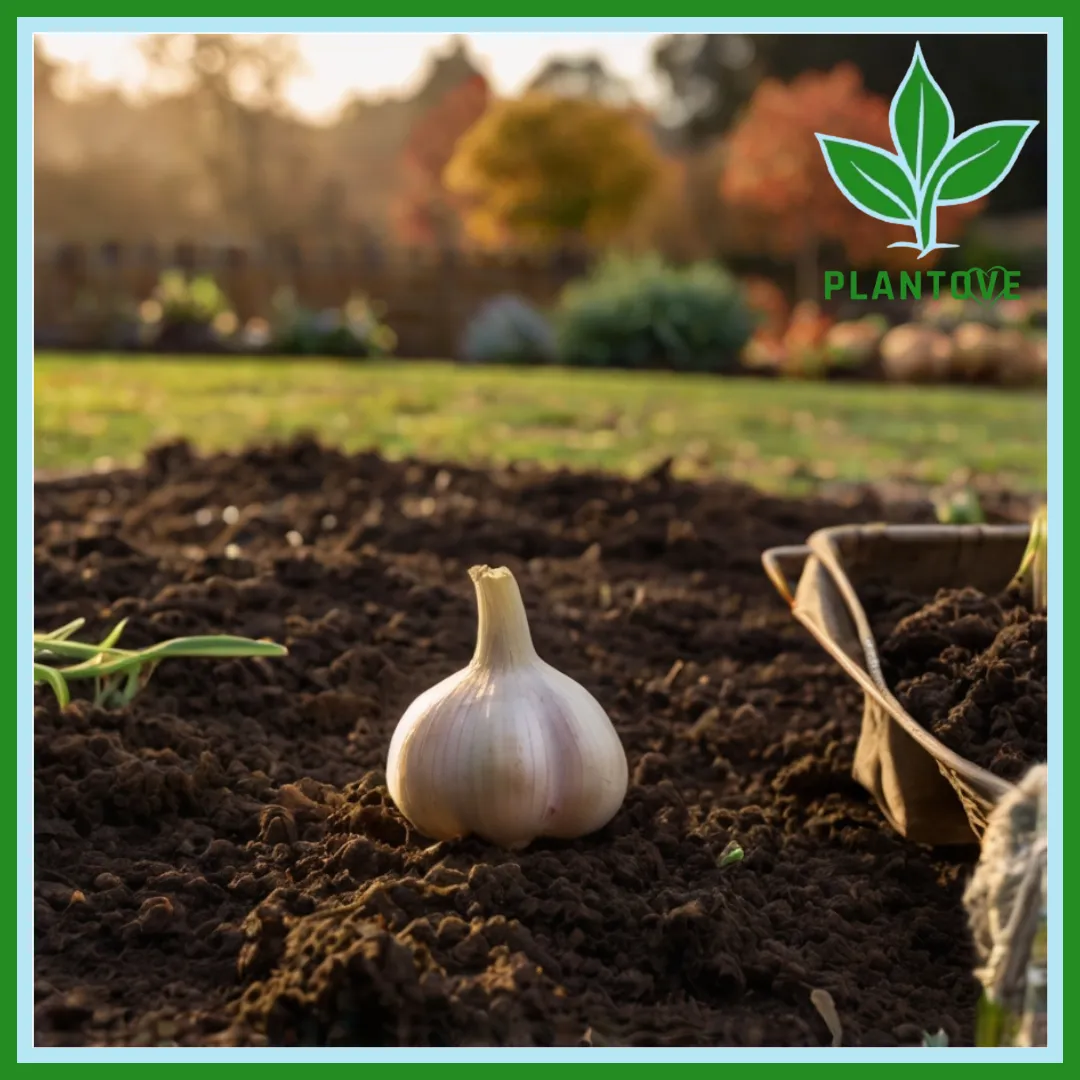Garlic is a versatile and essential ingredient in kitchens worldwide, known for its pungent flavor and numerous health benefits. For gardeners, growing garlic offers a satisfying experience with a relatively simple process. However, one of the most critical factors in ensuring a bountiful garlic harvest is knowing when to plant it. In this comprehensive guide, we will explore the ideal planting times, techniques, and tips to help you grow healthy garlic bulbs.
Introduction to Garlic
Garlic (Allium sativum) is a member of the onion family and is native to Central Asia. Over the centuries, garlic has been cultivated for both its culinary and medicinal properties. Garlic plants are typically grown from cloves rather than seeds, and each clove has the potential to become a full garlic bulb. Whether you want to grow garlic in your backyard or a small container garden, understanding when to plant garlic is key to a successful crop.
When to Plant Garlic: The Best Time for Different Climates
The timing of garlic planting depends on your climate and growing zone. Garlic is generally planted in the fall, but the exact timing can vary based on your region’s weather patterns. Here’s a breakdown of the best planting times based on climate:
1. In Temperate Climates
In temperate regions, where winters are cool but not harsh, garlic should be planted in late fall. The ideal planting time is typically between late September and mid-November, before the ground freezes. This gives garlic enough time to establish roots before winter dormancy sets in.
2. In Cold Climates
For those living in colder climates with harsh winters, it’s essential to plant garlic before the first hard frost, which usually occurs in late October or early November. In some northern regions, gardeners may plant garlic as early as September to give the bulbs a head start before the ground freezes. Mulching the garlic bed heavily with straw or leaves can help protect the bulbs during the winter.
3. In Mild Winter Climates
In regions with mild winters, such as the southern United States or Mediterranean climates, garlic can be planted from November through January. These areas allow for more flexibility in planting time since the ground rarely freezes. However, planting in late fall is still recommended to ensure the garlic bulbs have a long growing season.
Why Fall is the Best Time to Plant Garlic
You may wonder why fall is considered the best time to plant garlic. Here are the main reasons:
- Root Development: Planting garlic in the fall gives the cloves time to establish strong roots before winter. This root development allows the garlic to survive the cold months and grow vigorously in the spring.
- Cooler Temperatures: Garlic thrives in cooler soil temperatures, which are more common in the fall. Planting garlic in warm soil can result in poor bulb development.
- Pest Resistance: Planting garlic in the fall reduces the risk of pests and diseases that are more active during the warm growing season.
Types of Garlic to Plant
There are two main types of garlic that you can grow: hardneck and softneck garlic. Each type has its own planting requirements, flavor profile, and suitability for different climates.
1. Hardneck Garlic
Hardneck garlic is known for its complex flavor and is best suited for colder climates. It produces a flowering stalk called a scape, which can be harvested and used in cooking. Hardneck garlic varieties typically have fewer but larger cloves per bulb. This type of garlic requires a cold period for proper bulb development, making it ideal for planting in the fall in regions with cold winters.
Popular hardneck garlic varieties include:
- Rocambole
- Purple Stripe
- Porcelain
2. Softneck Garlic
Softneck garlic is more commonly grown in warmer climates and does not produce a scape. It has a milder flavor compared to hardneck varieties and tends to store longer. Softneck garlic produces more cloves per bulb but is generally smaller. Because it doesn’t require a cold period, it can be planted in areas with milder winters.
Popular softneck garlic varieties include:
- Silverskin
- Artichoke
How to Plant Garlic

Now that we know when to plant garlic, let’s dive into the step-by-step process of how to plant garlic successfully.
1. Choose the Right Garlic Cloves
Select high-quality garlic bulbs from a trusted source, such as a local nursery or a reputable seed supplier. It’s important to choose bulbs that are free of disease and pests. Break the bulbs apart into individual cloves, but leave the papery skin intact.
2. Prepare the Soil
Garlic prefers loose, well-drained soil that is rich in organic matter. The ideal soil pH for garlic is between 6.0 and 7.0. Before planting, amend your soil with compost or well-rotted manure to provide essential nutrients for garlic growth.
3. Plant the Cloves
Plant garlic cloves with the pointed end facing up and the flat end (where the roots will emerge) facing down. Space the cloves 6-8 inches apart in rows, with about 12 inches between rows. Plant each clove about 2 inches deep. This depth helps protect the cloves from frost and cold temperatures.
4. Mulch the Garlic Bed
After planting, cover the garlic bed with a thick layer of mulch, such as straw or shredded leaves. Mulching helps retain moisture, suppress weeds, and insulate the garlic bulbs during the winter months.
Garlic Growing Conditions: Watering, Sunlight, and Care
Garlic is relatively low-maintenance, but providing the right growing conditions is crucial for a healthy crop.
1. Watering
Garlic needs consistent moisture, especially during its early stages of growth. Water your garlic bed regularly, aiming to keep the soil evenly moist but not waterlogged. However, reduce watering as the garlic bulbs mature in late spring to prevent rot.
2. Sunlight
Garlic requires full sun to grow properly. Ensure that your garlic bed receives at least 6-8 hours of direct sunlight each day.
3. Fertilizing
Garlic benefits from a balanced fertilizer applied in early spring as the plants start to grow. Use a fertilizer high in nitrogen to encourage strong leaf and root growth. However, avoid over-fertilizing, as this can lead to poor bulb development.
Common Garlic Pests and Diseases
Garlic is relatively resistant to pests and diseases, but it can still be affected by certain issues. Common garlic problems include:
- Onion Maggots: These pests can damage garlic bulbs by feeding on them. To prevent infestation, rotate your garlic crops and avoid planting garlic in the same location year after year.
- Fungal Diseases: Garlic can be susceptible to fungal infections, such as white rot or downy mildew. Planting garlic in well-drained soil and avoiding overhead watering can reduce the risk of fungal diseases.
When to Harvest Garlic
Knowing when to plant garlic is only half the equation; harvesting at the right time is equally important. Garlic is typically ready to harvest in mid to late summer, about 8-9 months after planting. Here’s how to tell when your garlic is ready:
- Signs of Maturity: The garlic plant’s leaves will begin to yellow and die back. When about half of the leaves have turned yellow, it’s time to harvest.
- Harvesting: Use a garden fork to gently lift the garlic bulbs out of the soil. Be careful not to damage the bulbs. After harvesting, allow the garlic to cure in a dry, well-ventilated area for about 2-3 weeks.
Storing Garlic
Once cured, garlic can be stored for several months in a cool, dry, and well-ventilated location. Softneck garlic varieties tend to store longer than hardneck varieties, sometimes lasting up to a year.
Benefits of Growing Garlic
Garlic isn’t just a delicious culinary ingredient—it also offers numerous health benefits. It’s rich in antioxidants, helps boost the immune system, and has anti-inflammatory properties. Additionally, growing garlic at home allows you to have a fresh, organic supply of this versatile crop right at your fingertips.
Conclusion: When to Plant Garlic for the Best Results
Understanding when to plant garlic is essential for a successful harvest. Whether you live in a cold, temperate, or mild climate, timing your garlic planting correctly ensures that your bulbs will grow strong and healthy. By following the tips and guidelines in this article, you’ll be well on your way to enjoying a bountiful garlic harvest in the coming season.
Garlic is a rewarding crop to grow, and once you’ve mastered the art of planting at the right time, you’ll be able to enjoy homegrown garlic in your cooking for months to come. So grab your garlic cloves, get out into the garden, and start planting!

